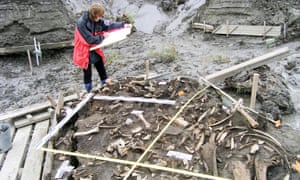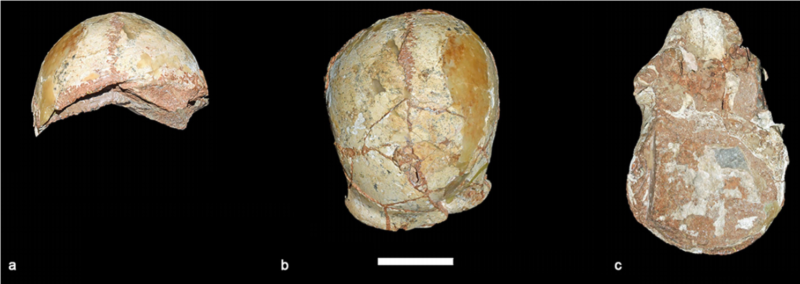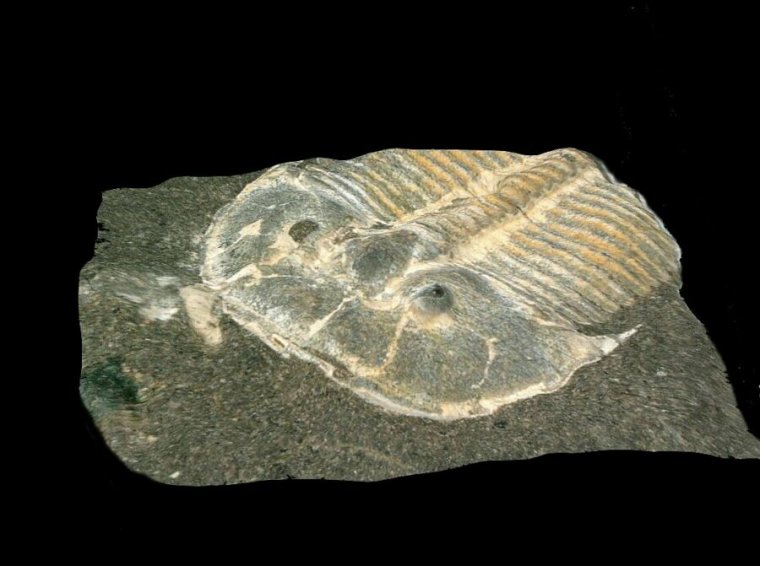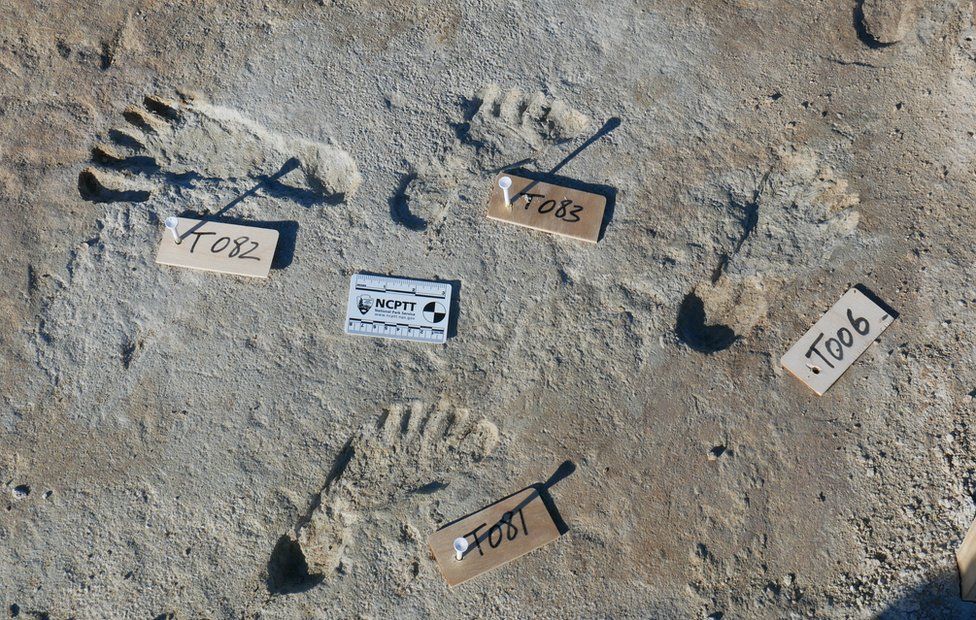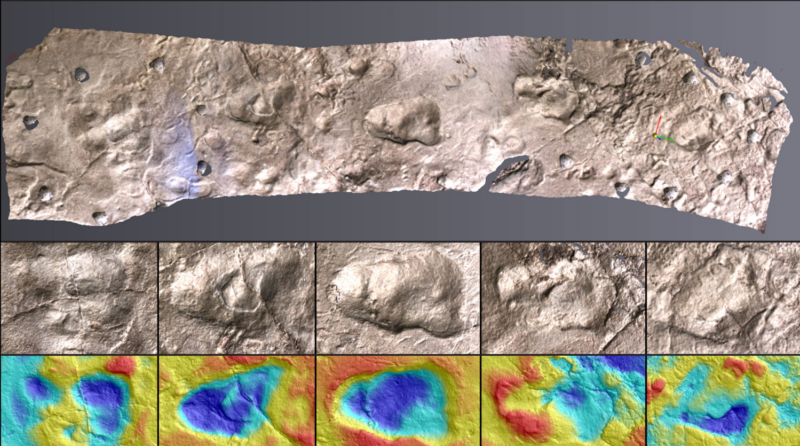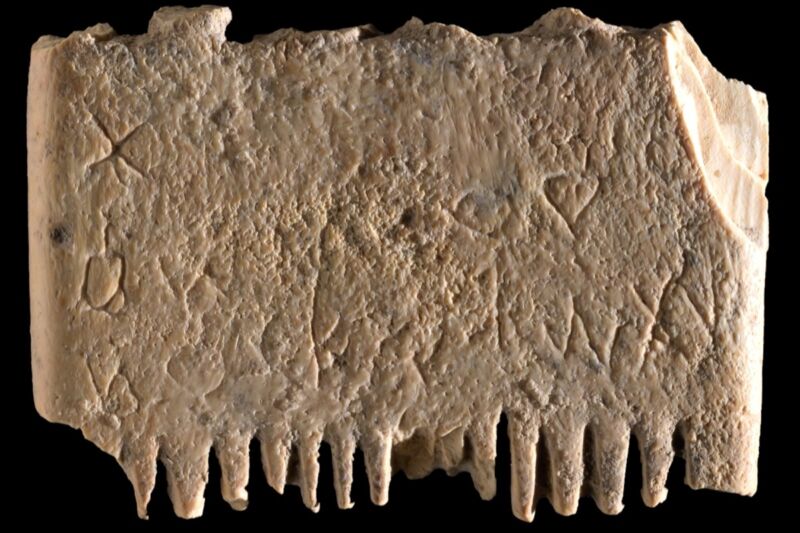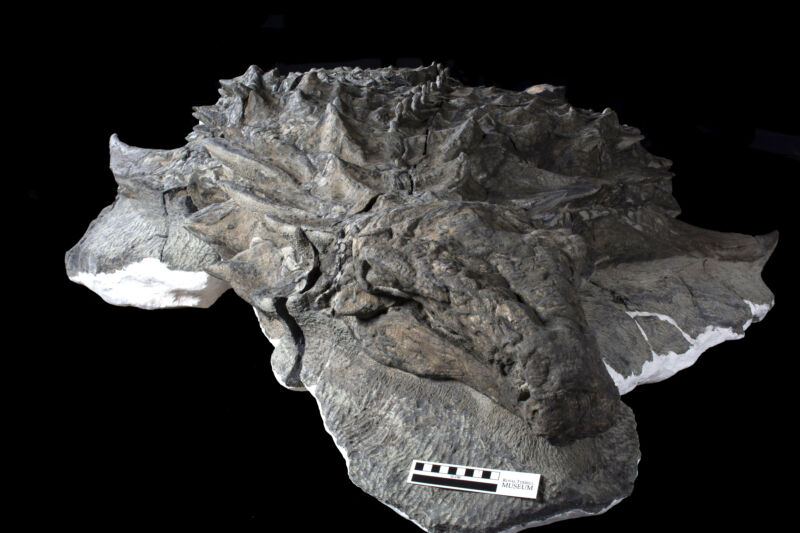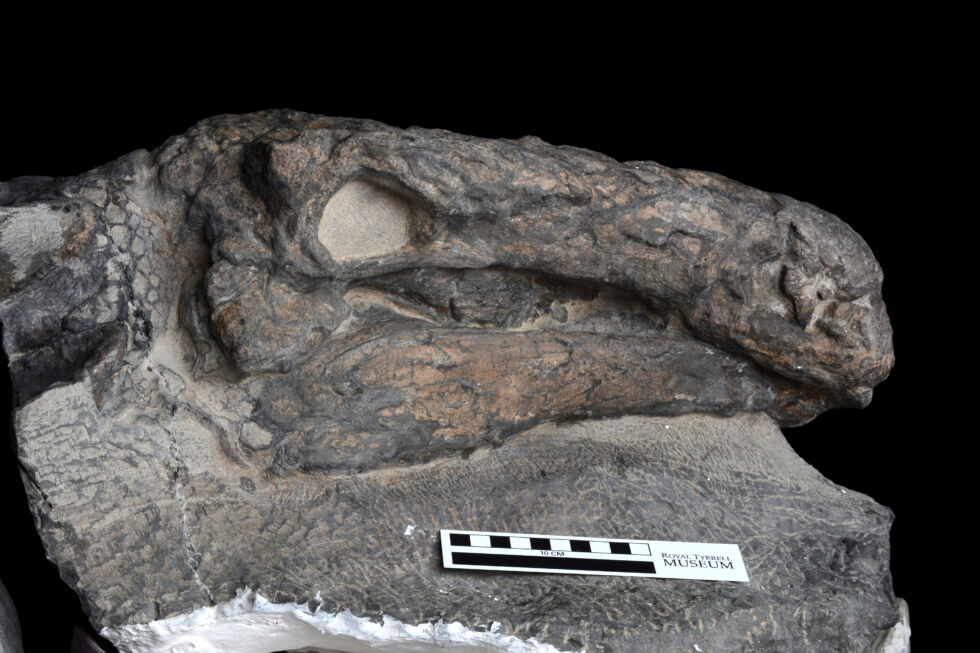- Joined
- May 17, 2005
- Messages
- 12,134
- Reaction score
- 2,626
You might like it to be 20 degrees warmer in the winter. How do you feel about it being 20 degrees warmer in the summer too?Because everything would be better without warmth, right?
You might like it to be 20 degrees warmer in the winter. How do you feel about it being 20 degrees warmer in the summer too?Because everything would be better without warmth, right?
Antarctica can become ice free again and perhaps a forested but there can't be 7 billion people alive on a planet like that - the rest of the environment would be untenable. Further, it would take a few thousand years at least (probably tens or hundreds) for the plants and animals to adapt to the months of daylight and darkness that characterise the year at the poles. We are warming at a degree every few decades - far too fast for biological adaptation.
You might like it to be 20 degrees warmer in the winter. How do you feel about it being 20 degrees warmer in the summer too?
No. YOU miss the point. The earth HAS been hotter in the past, and also colder - and these transitions, even when they occur over thousands of years exterminate vast numbers of species. There were no humans around when the Antarctic had forests. If climate change causes all of the things humans depend on to go extinct or to become insufficiently productive enough to keep us alive, and we, in our desperation finish them off by over-consuming them into extinction, the cockroaches will not lament our passing, but that does not make it "not a big deal".You miss the point. The earth was once far, far warmer than it is today. All the doomsday prophecies that comes with the AGW cult are laughable.
Antarctica was once a vast forest, today there is not a single tree or shrub. Because everything would be better without warmth, right?
